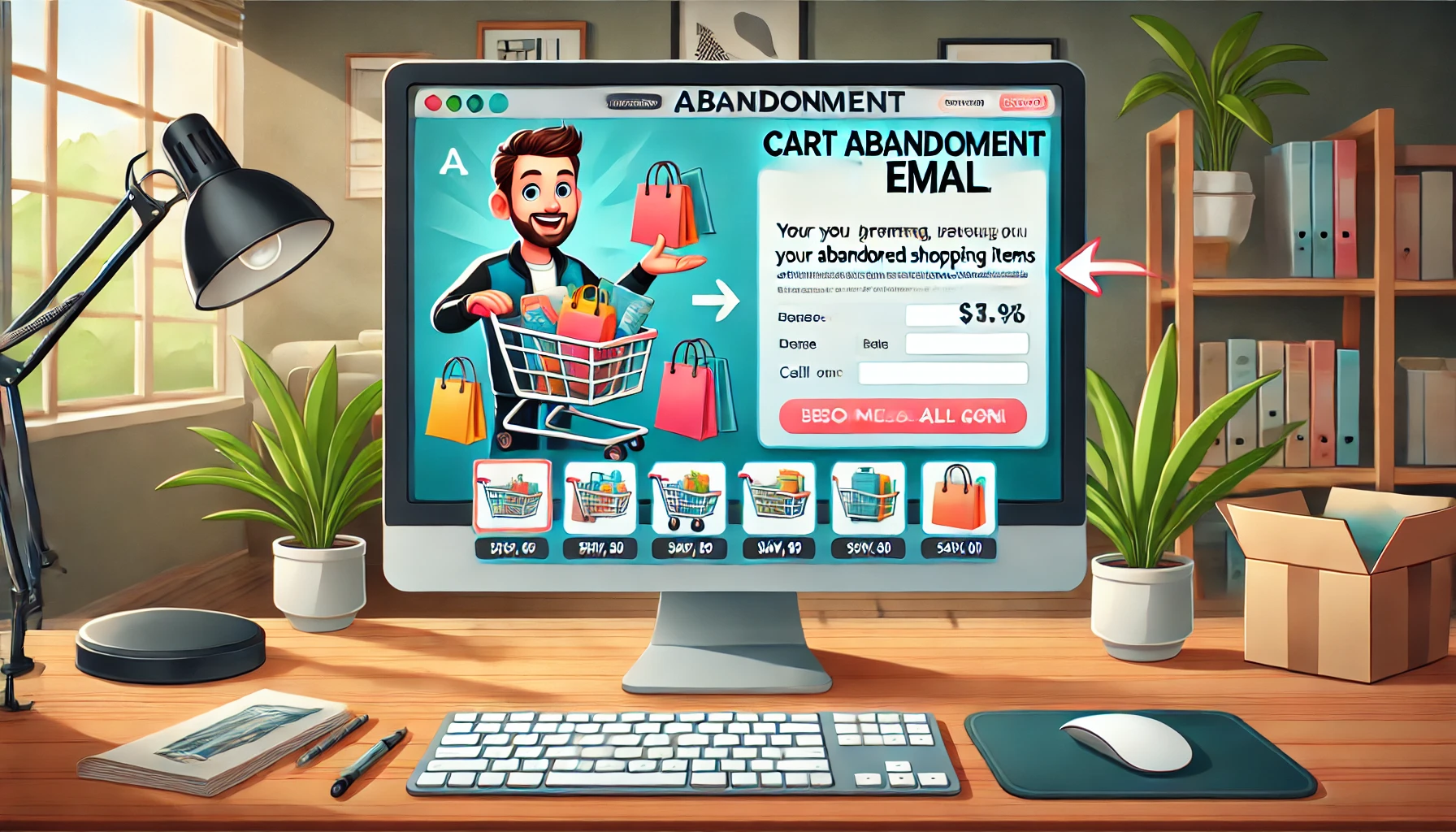Let’s face it, ads are literally everywhere! It’s almost impossible to go through a day without seeing some kind of advertisement. Whether it’s the billboards you pass on your way to school, the emails flooding your inbox or the endless stream of ads popping up on your social media feeds, advertising has become a constant backdrop to our daily lives. Because we see so many ads every day, a lot of us have started tuning them out.
Now, if you’re running a business and trying to get the word out about your product, you really need to understand the difference between just throwing ads out there and creating content that actually means something to people. There’s a huge difference between advertising content, which is pretty much about pushing a product and editorial content, which isn’t directly about selling.
So, what exactly is editorial content? Well, it’s the type of content that isn’t trying to sell you something outright. It’s more about sharing knowledge, offering insights or telling interesting stories that relate to the brand in some way. This can really help build your brand’s image and even lead to sales down the road because it helps connect with customers on a deeper level. It’s all about adding value rather than just asking people to buy something.
A savvy digital marketing agency will use both advertising and editorial content as part of its strategy to help different clients reach their goals. The trick is knowing when to use which type of content. This guide will dive into how you can effectively use editorial content to boost your marketing efforts without your audience feeling like they’re constantly being sold to.
Getting to Know Editorial Content
Editorial content is very versatile—it comes in all sorts of shapes and sizes. Let me paint a picture for you. Say your company just launched a new line of sneakers. Sure, you can keep telling everyone how comfy they are or how eco-friendly your production is through regular ads but let’s be honest, a lot of people might just keep scrolling.
Now, imagine your company’s blog posts an interview with a cool influencer who talks about how these sneakers mix perfectly with their personal style. This kind of story could really pull people in. Or maybe your newsletter dives into a specific part of your sneaker-making process that really highlights your commitment to the environment. That could catch the eye of the eco-friendly crowd.
Both approaches can bring new visitors to your website and potentially boost your sales. What’s key here is that good editorial content isn’t about the hard sell. It’s more about sharing information and stories that interest your audience. This stuff can show up in a bunch of places:
- Your company’s e-newsletter
- The blog on your website or even on a separate platform like Medium
- Social media platforms or even video-sharing sites like YouTube and Vimeo
- Blogs, websites and social channels of affiliates and influencers—sometimes this is even tagged as “Sponsored Content” or “SponCon”
The idea is to engage people with content that feels interesting and valuable, not just like another ad. This approach can really make a difference in how people see your brand.
Understanding the Impact of Editorial Content
Editorial content really shines because it gives your brand a unique voice that resonates with people. You might think of “editorial” as something you only see in newspapers or magazines, where authors share their opinions in first-person pieces. This is where editorial content gets its roots—it’s all about sharing perspectives, just like those opinion articles.
But here’s the twist: Unlike the usual ad talk that tries to convince you that you absolutely need something, editorial content lets your brand’s personality come through. It’s less about selling and more about sharing insights and expertise that reflect your brand’s identity.
Launching editorial content is like putting your brand’s personality out there. According to Forbes, this isn’t just good for vibes—it really boosts your presence. It gives you cool content to share on social media and helps build a more personal connection that your customers can actually relate to.
Think of it like writing a good editorial for a newspaper: it’s all about finding that unique voice, tone and style that speak directly to your readers. That’s the kind of connection that can turn casual readers into loyal followers.
How Changing Consumer Habits Favor Editorial Content
In the world of advertising today, it’s pretty clear that editorial content is starting to outshine traditional ads, especially when we look at clicks and purchases. You know how traditional ads can get annoying? Plus, with all those ad blockers out there, it’s very easy for people to just skip right past them.
Now, let’s talk about editorial content like the stuff you see on blogs or on social media. This could be content directly from your company or even sponsored posts. People tend to like this kind of content a lot more. According to Business Insider, let’s check out some interesting stats:
- About 33% of Millennials have bought something because of a sponsored post.
- And 37% of shoppers don’t really mind sponsorship or branding as long as the content itself is top-notch.
So why is editorial content getting such a warm reception? Well, it often comes across as more genuine compared to traditional advertorials. Plus, it usually offers info that people actually find useful or interesting. This makes editorial content not just more appealing but also more effective in today’s shifting advertising scene.
Integrating Editorial Content into Your Content Strategy
So, you’re ready to weave editorial content into your company’s marketing mix? Awesome! Now, the real work begins: figuring out what your content should say and how it fits with your overall strategy. To craft an effective editorial strategy, here’s what you need to think about:
- Who are you targeting? Which part of your audience are you trying to engage? Are there new leads you’re hoping to attract?
- What will you say? What kind of content will grab this audience’s attention? What do they need to know about what your company offers?
- How will your content feel? What style and voice will connect best with your readers?
Identifying Your Audience
Understanding who you’re targeting is crucial. Editorial content lets you dive deeper than general advertising allows, enabling you to focus on specific user groups. This precision targeting can:
- Increase traffic: Keep both loyal customers and potential new ones coming back to your website.
- Boost new sessions: Attract new customers through focused content aimed at specific needs and interests.
- Win over customers: Even those who currently prefer your competitors might be swayed by what you share.
The first step in shaping your editorial strategy is to define these goals and get a clear picture of the audience segment you want to reach. Knowing your audience well makes it easier to decide what content they will find engaging and start creating material that resonates with them.
Identifying What Your Audience Cares About
After you’ve pinpointed who your target audience is, it’s time to focus your editorial content on what really matters to them. For a lot of companies, blogs and newsletters are prime spots to:
- Answer common customer questions—those queries that pop up over and over.
- Discuss industry trends—keeping everyone informed about the latest and greatest.
- Update on any economic or political changes—these could impact your industry in big ways.
But hey, you can definitely take it further than just sticking to the basics when you’re looking to engage both new and returning customers.
Let’s say you’re kicking off a new business that helps declutter homes and offers storage solutions. You could consider strategies like:
- Engaging your audience with a blog—focus on posts about organizing techniques, like “5 Tips for Going Beyond the Kondo Method” or “10 Ways to Organize Your Drawers.” These can keep both current and potential customers hooked.
- Micro-targeting specific groups—like antique collectors, fashion lovers or book enthusiasts. Use social media and blog posts tailored to their unique needs. Make the most of ad targeting tools and SEO analytics to reach them effectively.
- Creating or sponsoring comparative content—publish articles that directly compare your methods to those of your competitors. This can highlight your strengths and appeal to customers looking for the best solution.
This approach not only addresses their interests but also builds a connection by showing that you understand and cater to their specific needs.
How Your Content Should Sound
Once you’ve nailed down who you’re talking to and what you’re talking about, the next big thing to figure out is the tone and vibe of your content.
Let’s break it down with some examples:
- Suppose you’re opening a new wine bar and your target crowd is Millennials. You’ll want to keep your tone light, fun and welcoming. Think about crafting posts that are informative yet casual, aiming to educate without being stuffy.
- What if you’re launching a new investment platform aimed at 20-somethings who aren’t too savvy with finance? You should aim for a tone that’s straightforward and easy to understand. Keep your financial advice clear and simple so everyone can get it without a finance degree.
- Or maybe you’re starting up a life insurance company that uses cutting-edge analytics to reduce costs? Here, you’d want to maintain a professional tone that showcases your expertise and builds trust.
As you start weaving editorial content into your broader content strategy, keep asking yourself one key question: Does the tone you’re aiming for align with your brand’s existing image?
If there’s a mismatch, don’t sweat it. Consider teaming up with another writer or even partnering with another company to produce sponsored content. This can help you hit the right note with your target audience without straying from your overall content vibe.
Kicking Off Your Editorial Content Strategy
Alright, now that you’ve pinned down the key details of your content—like who it’s for, what it should cover and how it should sound—it’s time to put a game plan in place. This includes developing, distributing and promoting your content.
The Strategy
Based on your earlier brainstorming about your editorial content’s target audience, topics and tone, you should have a pretty good idea whether the style you’re considering gels with your brand’s vibe. Now, you can take one of two main paths:
- Create content for your own platforms: This means rolling out articles, posts and updates right on your website, blog and social media channels.
- Sponsor content on other platforms: Think about backing content like reviews, how-to guides and press releases that will appear on platforms owned by other people or businesses. When you go this route, it’s crucial to set clear guidelines about the message and calls to action (CTAs) that these pieces should include.
Remember, these strategies aren’t mutually exclusive. For instance, you might have an influencer write a guest post for your blog or manage your Instagram for a week. Also, content created by third parties can be shared on your own channels or even folded into your more traditional ad campaigns, showing up in both print and digital formats.
The Process of Integrating Editorial Content
Whether you’re cooking up content in-house or funding it elsewhere, here’s a straightforward guide to getting it right:
- Set Clear Guidelines: Before anyone starts typing away, make sure you’ve laid down some ground rules. Define the tone, style and voice you want for your editorial content. Also, be clear about your overall objectives for your content strategy and the specific goals for each piece you’re planning to publish.
- Keep Communication Open: It’s very important to make sure everyone knows who’s doing what. Whether it’s an editor, marketer or anyone else on the team, everyone should know their responsibilities—like who’s in charge of quality control, who does the proofreading and who handles the posting.
- Organize with a Content Calendar: To avoid any mix-ups and to keep everything running smoothly, use a content calendar. This tool will help you keep track of tasks assigned to different team members and manage the overall workflow.
- Plan Your Content Volume and Frequency: Just putting out a single blog post and calling it a day won’t cut it. You need to decide how much content you want to produce and how regularly it should go live. Remember, the key to building lasting customer engagement is consistently fresh content.
As your team gets more comfy with the content creation process, be sure to monitor any issues that pop up. Building a resource bank for your editorial team will help new writers or editors get up to speed quickly and ensure your content stays consistent over time.
The Publication & Promotion Process
Every time you’re set to roll out a new piece of content, think of it as a fresh chance to grab attention on social media. You’ll want to make sure you spread the word across several platforms. Here’s where to share:
- Your website: Pop it into the “news” or “blog” section, depending on what fits best.
- Your newsletter: Give your subscribers a first look.
- Social Media: Share it on your business’s Facebook, Instagram and any other platforms you use.
To keep things streamlined during your rollout, you might want to consider using a social media management tool. This can help you schedule posts and manage your presence more efficiently.
And don’t forget about making it very easy for your followers to spread the word. Include “repost” and “share” buttons at the end of your blog posts and newsletters. This small step can significantly increase the visibility of your content, encouraging more shares and broader engagement.
Measuring Your Success
So, how can you tell if your editorial content strategy is hitting the mark? It’s all about keeping an eye on the numbers and seeing what they tell you.
As you roll out your content, make sure you’re tracking all the important analytics. Depending on what you’re aiming for, you might look at different types of success indicators, like:
- Increased web traffic: Are more people visiting your site?
- Social media engagement: Are you getting more likes, comments and followers?
- New newsletter subscribers: Is your subscriber list growing?
- Boosts in sales: Are your sales numbers looking better?
- Improved SEO rankings: Is your content helping you climb up in search results?
Keeping track of these metrics lets you fine-tune your content, structure and tone to better connect with your audience. Just like a newspaper’s editorial evolves, your brand’s voice can also adapt and improve as your business grows. This flexibility allows you to continually refine your approach and enhance your impact over time.
Wrapping up
As you keep tabs on these metrics and adjust your strategy accordingly, remember that evolving your approach is key to staying relevant and engaging with your audience. If you’re ready to take your editorial content to the next level, consider partnering with a digital marketing agency that knows how to deliver results.
At Tribal Pearl Media, we specialize in creating dynamic editorial strategies that not only capture attention but also drive real business outcomes. Interested in learning how we can help amplify your brand’s voice and boost your marketing efforts? Reach out to us today and let’s start making an impact together!
Frequently Asked Questions (FAQs)
What is editorial content?
Editorial content is stuff like blog posts, videos and articles that give you cool info or insights instead of just trying to sell you something. It’s designed to give you something valuable—whether that’s entertainment, tips or deep dives into interesting topics—that matches what the brand is all about.
How does editorial content differ from traditional advertising?
Traditional advertising is all about convincing you to buy something, right? Editorial content, on the other hand, is more cool. It builds up trust by giving you useful or entertaining content that relates to the brand but doesn’t shove a sales pitch in your face. This way, you get to like and trust the brand over time.
Why is editorial content important for digital marketing?
Editorial content is a big deal in digital marketing because it helps a brand come off as the expert in what they do. It’s great for SEO, which means it helps the brand show up better in search results. Plus, it keeps folks engaged on social media and emails, keeping the conversation going and making the audience feel connected.
How often should a company publish editorial content?
There’s no one-size-fits-all answer here. It really depends on what your brand can handle and what keeps your audience coming back for more. Whether it’s once a week or a few times a month, the key is to keep it regular so people look forward to your next post or video.
Can editorial content impact sales directly?
While editorial content isn’t mainly about boosting sales right off the bat, it plays a cool, long game. It builds up your brand as someone who knows their stuff, which earns trust. And when people trust you, they’re more likely to buy from you when they need what you’re selling.












